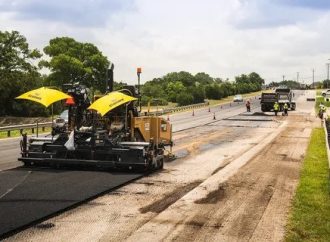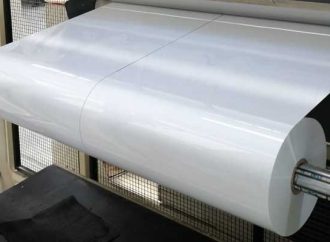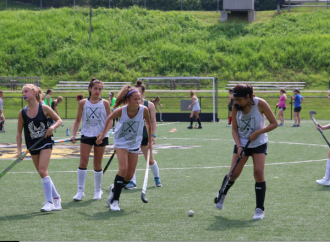Introduction Are school vouchers really the solution to our struggling public schools, or are they just another way for private companies to profit off of education? While these programs may seem like a win-win for families looking for more options and struggling school districts in need of support, there’s a dark side to this push
Introduction
Are school vouchers really the solution to our struggling public schools, or are they just another way for private companies to profit off of education? While these programs may seem like a win-win for families looking for more options and struggling school districts in need of support, there’s a dark side to this push towards privatization. In this blog post, we’ll explore some of the ways that school vouchers are hurting public schools across the country and what we can do about it. So buckle up and get ready to dive deep into one of the most controversial topics in education today!
What are school vouchers?
Vouchers are a type of school choice policy that allows parents to use public funds to pay for private school tuition. voucher programs vary from state to state, but all share the common goal of using public money to subsidize private education.
Critics argue that vouchers divert much-needed resources away from public schools and toward private schools that are not accountable to the taxpayers. Additionally, they say that voucher programs often fail to deliver on their promise of providing families with more educational options, as most voucher recipients end up attending religious schools.
Supporters of vouchers contend that they give parents more control over their child’s education and provide an escape from failing public schools. They also argue that competition from voucher schools will force public schools to improve.
The history of school vouchers in the United States
The history of school vouchers in the United States can be traced back to the early 19th century, when Horace Mann advocated for a system of public education that would be free from religious influence. However, it wasn’t until the mid-20th century that voucher programs began to gain traction. In 1955, the state of Wisconsin became the first to enact a school voucher program, which allowed students to use public funds to attend private schools.
Since then, a number of other states have followed suit and implemented their own voucher programs. However, these programs have been controversial from the start. Critics argue that vouchers divert much-needed resources away from public schools and benefit only a small subset of students. Supporters counter that vouchers give parents more control over their children’s education and provide families with low-income an opportunity to send their kids to better schools.
The debate over school vouchers is likely to continue well into the future. As more states consider implementing voucher programs, it’s important to understand both the potential benefits and drawbacks of this type of educational reform.
How school vouchers are hurting public schools
In recent years, the school voucher movement has gained steam as a way to give parents more control over their child’s education. However, what many people don’t realize is that vouchers are actually hurting public schools. Here’s how:
1. Vouchers divert resources away from public schools.
When a family uses a voucher to send their child to a private school, that means less money is available for the public school system. This can lead to larger class sizes, less experienced teachers, and fewer resources overall.
2. Vouchers create an uneven playing field.
Private schools are not subject to the same accountability standards as public schools. This means they can pick and choose which students they accept, leaving public schools with the kids who are hardest to educate.
3. Vouchers allow private schools to cherry-pick the best students.
Because private schools can be selective in which students they accept, they often end up with the cream of the crop – leaving public schools with more struggling students. This creates an even greater achievement gap between rich and poor kids.
4. Vouchers disproportionately benefit affluent families.
Families who can afford to pay for private school on their own are more likely to use vouchers than low-income families who can’t (and whose children would benefit most from a quality education). As a result, vouchers end up benefiting those who need them least and doing little to help close the achievement gap
The impact of school vouchers on students
In recent years, the school voucher movement has picked up steam as a way to give parents more control over their children’s education. However, there is growing evidence that vouchers are actually harming public schools.
Vouchers take money away from public schools and give it to private ones, often with little oversight. This drains resources from already-struggling public schools and further widens the achievement gap between rich and poor students.
Vouchers also tend to benefit the most privileged students, who are more likely to have parents who are familiar with the process and can navigate the system. Low-income students and students of color are less likely to get a voucher even though they need it the most.
Some private schools that accept vouchers discriminate against certain groups of students, such as those with disabilities or LGBTQ students. This means that these vulnerable students are left out of the school voucher system altogether.
All in all, school vouchers appear to be doing more harm than good. They take away resources from public schools, exacerbate inequality, and leave some of the most vulnerable students behind.
Conclusion
School voucher programs can have a devastating effect on public schools, leading to overcrowding, funding cuts, and decreased teacher salaries. What’s more, these programs don’t always provide better education outcomes for students; instead they offer educational opportunities that are largely inaccessible to the majority of families. In order for our nation’s public schools to thrive and give every student a chance at success, we must understand the dark side of school vouchers and work together to ensure that all children receive an equitable education.





















Leave a Comment
Your email address will not be published. Required fields are marked with *